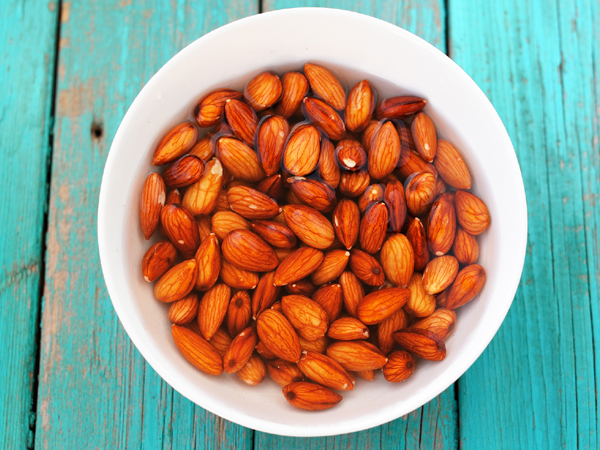We know that nuts are a rich source of nutrients, but did you know that these can be further enhanced by activating them? Activating nuts is an ancient and traditional practice that required the soaking of nuts and seeds in salt water and letting them dry. Why do this? Well, here’s the logical explanation.
The pros
Nuts are rich in Vitamins B and C, and have large amounts of iron, magnesium, potassium and folic acid which protect the body against high cholesterol and coronary heart diseases. Nuts are packed with proteins and have unsaturated fats, which means very little calories. But store-bought nuts are usually roasted in adulterated oil which doesn’t have any natural oils and nutrients. Experts suggest buying raw, unsalted nuts to get maximum benefits.
The cons
Nuts contain phytic acid also known as phytates or IP-6. This chemical binds minerals such as phosphorous, magnesium, iron, zinc and chromium together in the digestive tract, making them unavailable for nutrition. This affects the body’s ability to absorb these nutrients resulting in deficiencies. To neutralise the effects of phytic acid one needs to activate them by soaking the nuts. This will also make you feel light when eat them.

How to activate nuts
You can activate nuts by soaking them in water along with sea salt. Different nuts need to be soaked for a different time period which varies from 10 to 15 hours. This will wash the phytic acid out from the nuts. You can activate the nuts and store them in air-tight containers so that they can be consumed later.
The process
1. Soak a handful of nuts (almonds, cashews, pistachios) in water.
2. Add one teaspoon sea salt and make sure the nuts are completely soaked.
3. Soak them from 7 to 12 hours. Soak each of them in different bowls. (For instance, almonds can be soaked for 12 hours while cashews should not be soaked for more than seven hours).
4. Next, drain out the excess water and dry them out completely before storing.
Save




